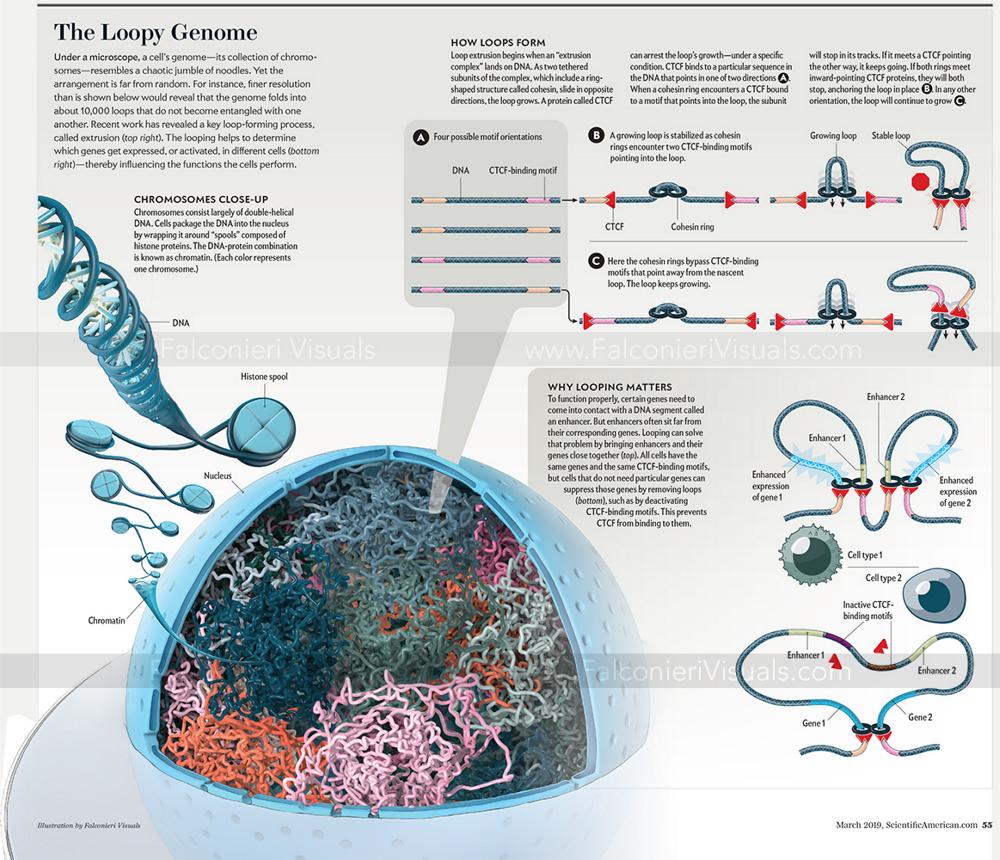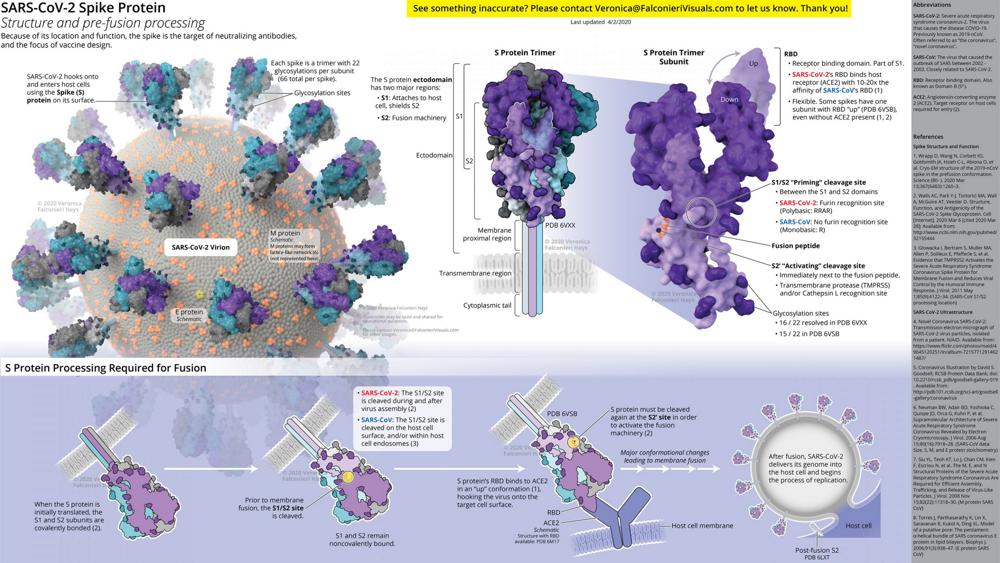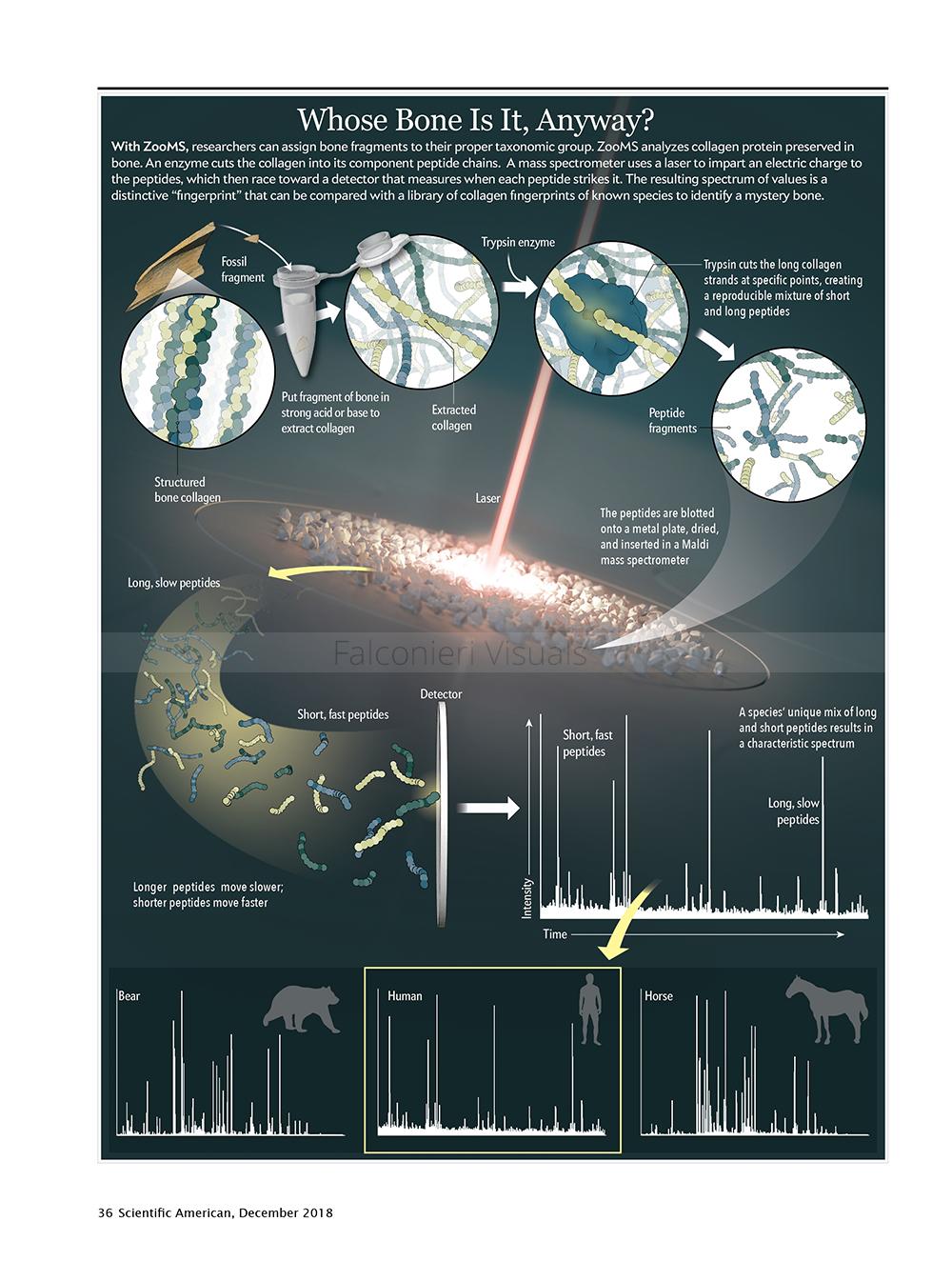Last month, biomedical illustrator and animator Veronica Falconieri Hays offered a special presentation during Maxon’s virtual NAB show, discussing her use of Cinema 4D for cellular and molecular visualizations for clients in research, biotech and pharma. On her site, https://falconierivisuals.com, you can see a “visual explainer of the SARS-CoV-2 spike protein for medical illustrators.” We recently talked to her to find out more about the fascinating field of medical animation and the opportunities this field offers those interested in combining their love for animation with science and medicine.

Animation Magazine: Can you tell us briefly about your interest in animation and how you got into the field of medical animation?
Veronica: I have always loved both science and art, and was lucky enough to learn in high school that there was a career path that involves both. I studied biology and art as an undergraduate, and then earned my MA in medical illustration from Johns Hopkins University School of Medicine. Like many medical illustrators, animation is part of the work that I do, especially when visualizing the tiny side of biology that is hard to see — cells, molecules and viruses.
What are some of the animation tools you typically use for your work?
I primarily use Maxon Cinema 4D (with the Embedded Python Molecular View [ePMV] plugin) and Adobe After Effects for my animation work.

Obviously, everyone is concerned about the COVID-19 virus these days. Can you tell us your involvement in visualizing the spike protein? How long did it take to create? What were your specific challenges for this project?
I created the illustration “SARS-CoV-2 Spike Protein: Structure and Pre-fusion Processing” for my medical illustration and animation colleagues in the Association of Medical Illustrators (AMI). The science on SARS-CoV-2 (the virus that causes COVID-19) is complex and rapidly updating as researchers race to understand it. My colleagues at the AMI started a wiki-like reference document so we could share our research. I found it helpful, and wanted to contribute my own expertise to help my peers. Since I have extensive experience working with 3D molecular structures, I decided to visually summarize recent science on the spike protein.
Though I intended to just make a rough reference sketch, feature-creep kicked in and the piece became an entire infographic. It took 27 hours to create, with at least half of that time being research.
The research was particularly challenging in this case because so much of the science on SARS-CoV-2 is still new, and there are many open questions. When I was figuring out what the whole virus actually looks like, for example, I had to reference studies of SARS-CoV, the close cousin of SARS-CoV-2 that caused an outbreak in 2003.

What are the most rewarding aspects of creating medical illustrations/animations like these?
Any one animation or illustration reflects the work of countless scientists working countless hours to learn more about how biology works. Through visualization, I can bring that research to life. This enables clear scientific storytelling by many people: researchers, companies developing new medicines, publications translating science to broader audiences, and more. Scientists also often find it helps them to think about their research more effectively and in new ways.
How has the improvement of technology impacted your work since you graduated from college?
I started animating in graduate school in 2013. Since then, the continued development of GPU renderers like Redshift has expanded the range of render styles that I use. Cinema 4D’s volume modeling tools have also been an absolute game changer for creating many organic structures.
Although many animation students aspire to work in entertainment, few realize that working in medical animation can be a lucrative and rewarding career … What kind of advice would you give students who wouldn’t automatically consider the medical animation field?
If you like both science and art, medical animation could be a great fit for you. You definitely need a solid foundation in biology and medicine to be able to create accurate medical animation, or you need to work with a team that has that skillset. If you’re interested in building your own expertise, explore what biology courses might be available to you. The Association of Medical Illustrators (which includes medical animators) has great information on common ways to enter the field on their website (https://ami.org/medical-illustration/enter-the-profession).
Want to see more? Check out Veronica Falconieri Hays’ reel and her NAB 2020 demonstration of medical visualization using Maxon Cinema 4D (below).













